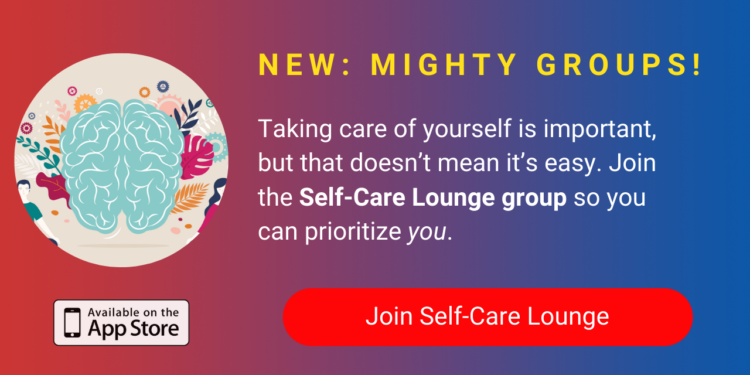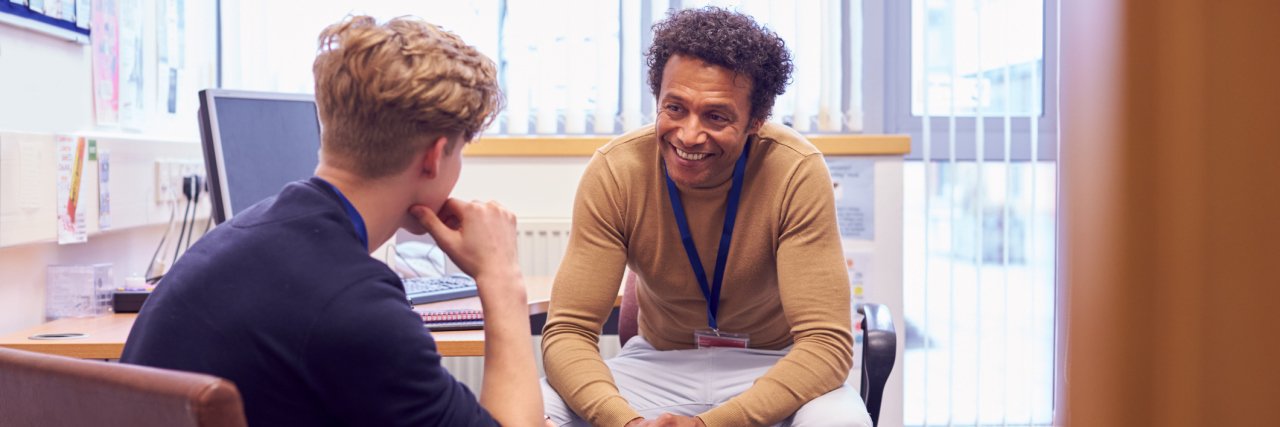If I told you the way to overcome your anxiety disorder is based on intentionally doing the things that scare you, would that bother you?
For most, the answer is “yes,” but that’s OK. Very few people with anxiety would welcome this advice with open arms. Reacting with shock, fear and even disdain is quite common. Nobody wants to do scary things, but as it turns out, facing your fear to overcome it often turns out to be far less horrifying than you might imagine!
While there are several studies proving the effectiveness of exposure-based therapies in treating anxiety disorders, the idea of intentionally doing hard and/or scary things to get better remains a hard sell. In my experience, with literally thousands of people struggling with various anxiety disorders, I’ve found humans will generally try just about anything before intentionally facing fear and discomfort. Even when presented with the many rewards that await on the other side of fear, a person struggling with panic disorder (for example) will often strongly resist the idea of going toward fear as a potential path to recovery and the “normal” life they so desperately want.
To be sure, the drive to seek safety and comfort is strong in us.
I can’t find fault with anyone for wanting to try easier and gentler ways to treat an anxiety disorder. Going toward the things we fear, even when we know intellectually our fear is often baseless and irrational, is not natural. We are wired to avoid discomfort, not invite it to dinner or see it as a tool. So, when someone brings up the idea of facing anxiety-inducing tasks and situations rather than running from them or avoiding them, it stands to reason the reception would be less than warm.
Are exposure and exposure therapy scary?
Yes, they are.
Without spending too much time delving into the mechanics of intentionally experiencing fear to reveal its often baseless nature (being afraid doesn’t always equal being unsafe), I will freely admit exposure-based therapies are hard work and involve being afraid as a matter of procedure. That being said, however, using exposure as a tool in anxiety disorder recovery is not a nightmare ride on an out-of-control roller-coaster. A good exposure plan isn’t as scary as you might immediately think!
When people recoil at the mention of progressive exposure-based recovery methods, they often miss the part where we start with very tiny steps. If you’ve been stuck on your sofa for the last six months, you’re not going to be driven into the woods 100 miles from home and left there.
That’s not progressive exposure.
If you’re imagining doing exposure work like having a continuous panic attack for six months, you’re mistaken. Here’s why.
Progressive exposure is based on incremental progress.
There is a reason why it is called graduated exposure. When treating something like agoraphobia, exposure work can often start with simple visualization exercises or practicing the act of putting on one’s coat or tying one’s shoes. There is no need to start with super challenging, nearly-out-of-reach exposures. Starting with small steps is the most effective way to get the recovery ball rolling and to build a strong foundation that more challenging tasks can rest on. If you’ve ever seen the hilarious movie “What About Bob?” you know the value of “baby steps.” Baby steps are often not nearly as scary or difficult as you imagine! 
Exposure can be anything at all.
A good coach or therapist will understand you are probably not truly afraid of the supermarket, but rather you may fear the discomfort of anxiety or panic in the supermarket. This being the case, an exposure plan won’t necessarily involve being forced to sit in the frozen food aisle for 40 minutes, but might instead involve easier-to-execute ways to trigger discomfort, even in your own home.
Sometimes, simply changing a morning routine or working on modifying the way you talk about your anxiety can be difficult and triggering. These smaller, more subtle tasks and modifications are perfectly acceptable, effective and quite common in the early stages of an exposure-based therapy plan. If a trip alone to a crowded shopping mall makes you want to run screaming from any discussion of exposure therapy methods, consider that sometimes just changing your toothpaste or sleeping with your phone in a different room can be effective and less daunting ways to start you down the path to recovery.
Anything can be an exposure. It doesn’t all have to be challenging and terrifying at radical levels.
Of course, a successful progressive exposure-based therapy will involve an incremental and systematic increase in the level of difficulty of each exposure over time. This is part of the deal, and without it, there is no lasting progress. Starting small and being resourceful and creative in the beginning means you build a strong base to stand on, making the larger tasks and challenges you’ll face down the road far less difficult and frightening than you envision them to be right now.
Exposure therapy is hard.
It involves being afraid and uncomfortable intentionally and by design.
In reality, though, exposure is not torture.
When properly designed and under the guidance of a good therapist or anxiety coach, exposure can be far more manageable than you think, and will therefore be far more fruitful and rewarding in the long run. Take some time to look past your initial distaste and disapproval of this type of recovery plan. You may find yourself feeling empowered to give it a fair shot once you do.
Getty image by monkeybusinessimages

